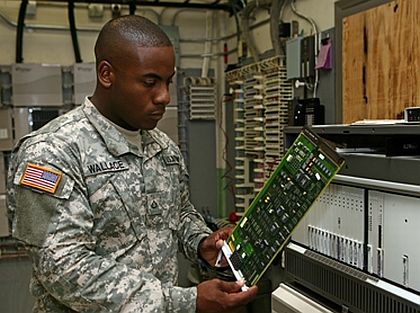PCB is an abbreviation of Printed Circuit Board, which is also commonly referred to as electronic circuit board and PCB Card. According to the definition of modern electronics, it is processed into a board with certain size based on an insulating laminated sheet with epoxy plus resin, fiberglass, and at least one conductive pattern and all designed holes (such as component holes, mechanical mounting holes and metallized holes) are formed on the PCB board.
By building electrical interconnection between components, it is the carrier of electronic components and provides electrical connection between them. It is widely used in the electronic information industry. PCB can be seen in almost every electronic device, such as our daily electronic watch, calculator, military. Computers used in fields and large civil fields, electronic communication equipment, military weapon systems.

In order to provide electrical interconnection between electronic components such as integrated circuits, we all need to use pcb board. Therefore, PCB can be said to be an indispensable electrical packaging medium in the electronic information industry system. Before the circuit board was released, people usually used wires to connect electronic components. Until the Austrian Paul Eister applied the printed wiring board to his radio in 1936. From then on, the commercial use of printed circuit boards has since become prominent. Today, printed circuit board has evolved from the original single-layer board to today’s double-layer board and multi-layer board, and still maintains their respective developments.
With the continuous development of high technology, printed circuit board is also moving towards a “high-precision” direction, its volume is shrinking, production costs are continuously decreasing, and performance in all aspects is constantly improving, making it possible in the development of the future electronic information industry.
Printed circuit board will still retain its huge living space. At present, the industry output value has ranked first in the world, and still maintains a high-speed growth trend, due to the increasing consumer demand for electronic products, the printed circuit board industry also has a lot of room for development, but on the whole, Chinese PCB industry Still in the downstream of the industrial chain, it is an unavoidable topic to intensify innovation, promote technological innovation, and promote industrial upgrading. This also gives us a challenge to protect the innovation results and to clarify the PCB board intellectual property status as soon as possible.






